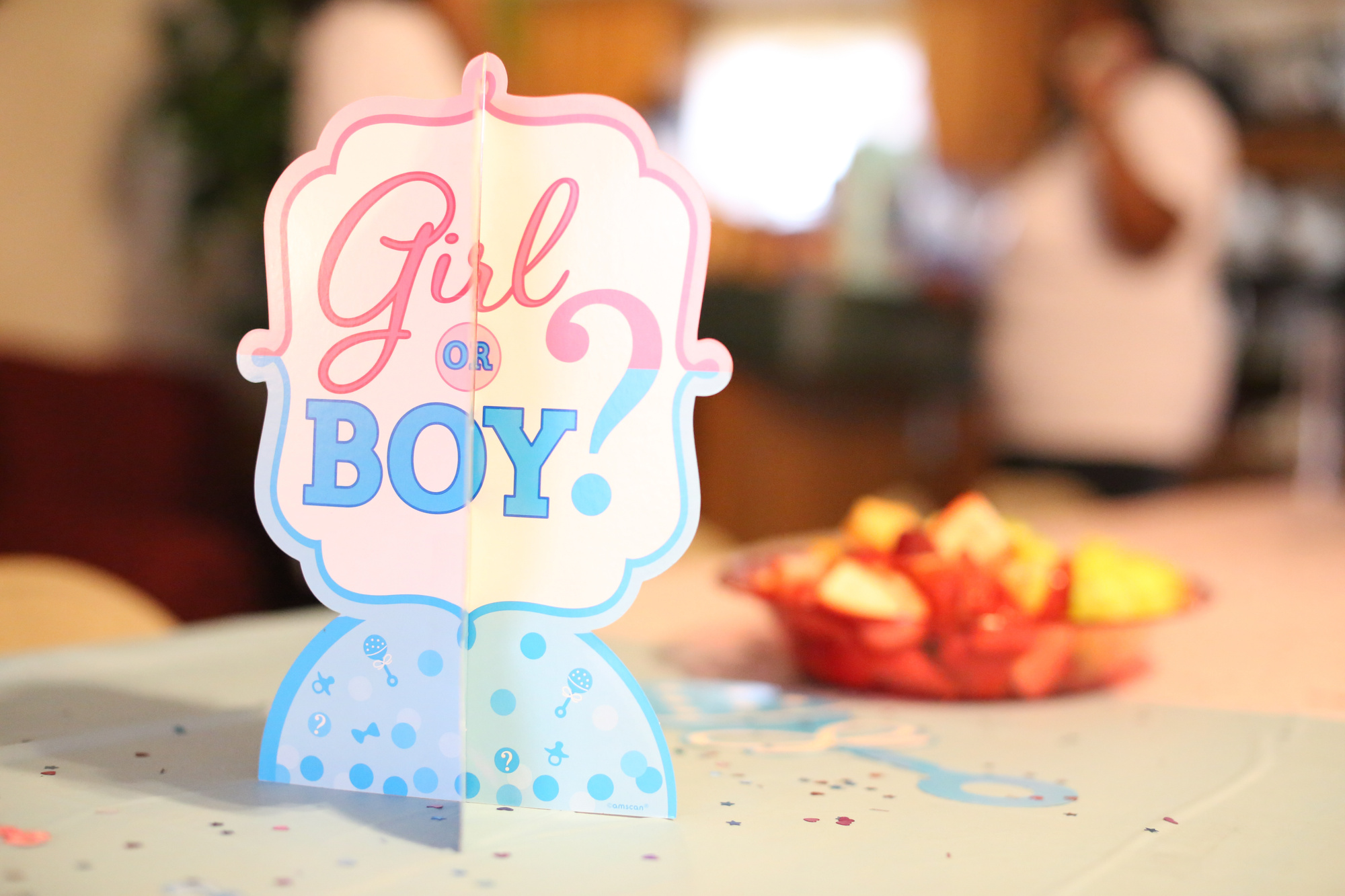Congratulations! You’re about to have a baby!
Although it can seem extremely scary, you’re in good company. In fact, 130 million babies are born each year, meaning you’ve got at least 130 million other parents anxiously awaiting their new little bundle.
There are so many things to think about when you’re pregnant that you might feel overwhelmed. Some parents don’t feel they can begin really shopping and decorating until they find out during the pregnancy the gender of their baby.
While some parents-to-be opt not to find out their new baby’s gender, others can’t wait to know. But most have to wait until 16 to 20 weeks in the pregnancy so that the ultrasound tech can see the fetus’ genitals.
But what happens if you want to know earlier than that? Are there any reliable ways to find out the baby’s gender as early as 8 weeks in?
In this blog post, we’ll walk you through how to find out your child’s gender as soon as humanly possible.
When During the Pregnancy the Gender Develops
Before we go over some of the ways you can tell a baby’s gender before 16 to 20-week scan, let’s discuss when the baby actually develops a gender.
You may or may not be aware that until several weeks into the pregnancy, all babies look the same no matter their gender. However, the child’s gender is set in stone from the moment of conception. The mother’s egg carries an X chromosome. The father’s sperm carries either an X or Y chromosome, which means the baby’s sex is the man’s “responsibility.”
If the egg meets a sperm carrying an X chromosome, the baby is a female. If the egg meets a sperm with a Y chromosome, the baby is male. But until the 7th week of pregnancy, your baby’s genitals do not exist, and instead, there is what is called a “genital ridge.” From week 7 to week 12, the baby begins to develop the genitals of their assigned sex.
Boys, for instance, do not develop a penis until week 9.
So, now that we know the inner workings of when the gender begins to “show,” are there ways to tell the baby’s gender before the scan? Yes.
We’ll move on to discuss some accurate ways and a few folklore methods.
Scientifically Accurate Ways to Determine the Baby’s Gender at 8 Weeks
During your pregnancy, you’ll probably hear a lot of wives’ tales and folklore about whether you’re carrying a boy or a girl. These likely stem from the fact that most parents weren’t able to find out the gender of their baby, unless the child was being tested for genetic abnormalities, until the last few decades.
But, thankfully, times have changed, and there are ways you can have your future baby’s gender accurately predicted at just 8 weeks.
Here are some of them:
1. Blood Test
An early gender blood test isn’t routine, but parents can turn to private companies to learn to the sex of their babies very early on in the pregnancy.
This test looks at the fetal cellular material that gets released in the mother’s bloodstream and is an accurate way to determine your child’s sex at this stage.
2. Amniocentesis
Amniocentesis is a way for doctors to determine if your child has fetal infections or any type of chromosomal abnormality. It can also predict the gender of the baby much earlier than scans, as it can help determine if the child has an abnormality related to their gender.
This procedure is done by inserting a needle into the sac through the mother’s abdomen and taking a sample of amniotic fluid for analysis.
While gender can be determined this way, most doctors would not agree to perform one for gender detection alone. For those who have to have this test to ensure the health of their baby, it’s simply a perk.
3. Chorionic Villus Sampling
Chorionic villus sampling, or CVS, is another way to accurately determine your child’s gender. But, like amniocentesis, it is only done if the doctor believes your child is at risk of a genetic or chromosomal abnormality.
This procedure involves taking a sample of the placenta tissue. Doctors can perform it through the vagina, or through the abdomen, the way amniocentesis is performed.
This test can take place as early as 8 weeks into the pregnancy.
Non-Scientific Ways to Guess Your Child’s Gender
While the three options listed above are the only way to tell if you’re having a boy or girl prior to your 16 to 20-week scan, wives’ tales and folklore abound to help parents-to-be guess their child’s gender. These are by no means scientifically accurate, but some people find them fun.
1. Your Stress Level Before Pregnancy
While science has seen a higher rate of stress correlated with conceiving a girl, it isn’t a fool-proof method. But some folks equate being stressed at the time of conception with having a girl.
2. Having a Craving for Salt
An old wives’ tale states that if you crave salt, you’re more likely to have a boy. However, most pregnant women have cravings, but it mostly relates to the baby’s nutrition requirements.
3. How You’re Carrying
It’s a popular theory that if you’re carrying your baby high, you’ll give birth to a girl, whereas if you carrying your baby low, you’ll give birth to a boy. In reality, the shape of your stomach isn’t really determined by the sex, but many hold fast to this belief.
Determining Your Child’s Sex
Most parents don’t mind what sex they will be having, as long as the baby is healthy. But with modern technology, you determine earlier in the pregnancy the gender of your child.
Check out the rest of our website for more content for parents, and parents-to-be, looking to save a little bit of cash!
